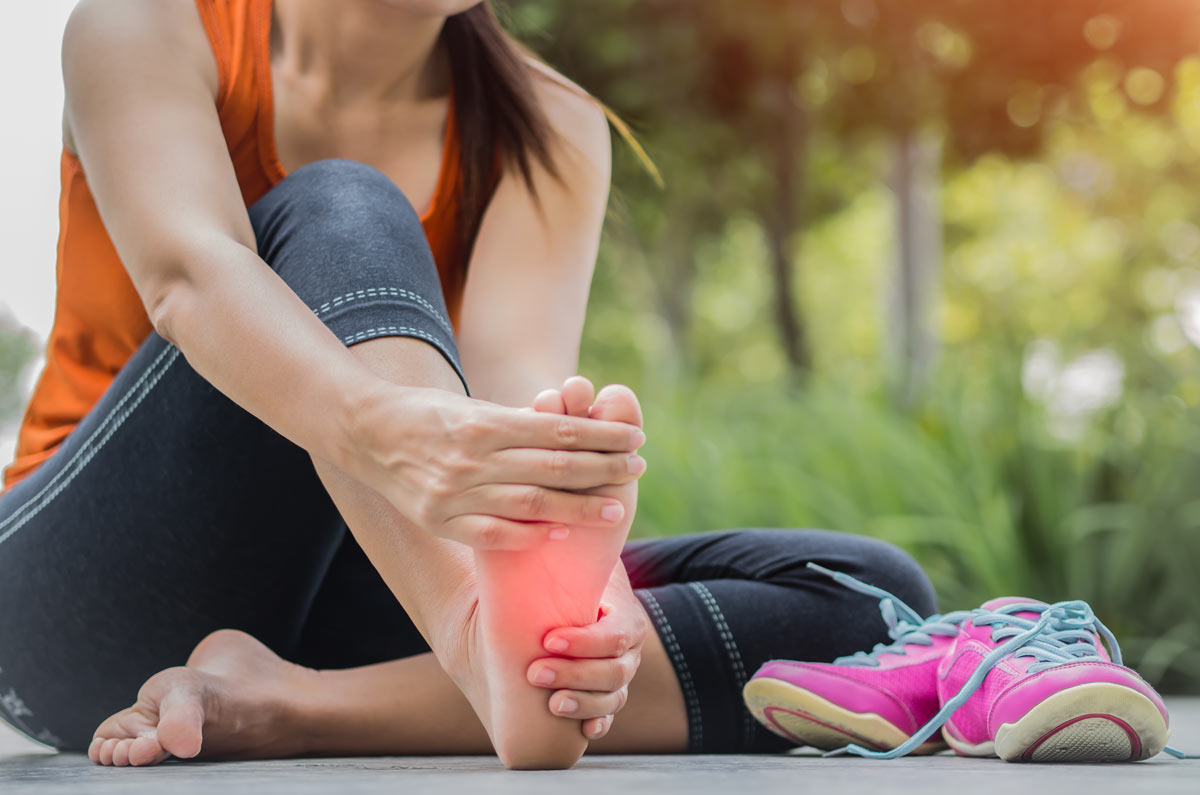For many of us our pain is always there – sometimes in the background and at other times it’s very much in the front of our minds. It’s a constant – just like taxes. Even with a pandemic causing so much chaos and uncertainty, our pain persists, it’s always there.
And quite frankly it’s a pain in the arse. It hurts. It’s exhausting. And it’s invisible.
The Australian Institute of Health and Welfare last week released their latest report Chronic pain in Australia. It highlights that 1 in 5 of us lives with chronic pain. So next time you’re standing in a physically distant queue at the shops or taking a walk around the park – consider the fact that 1 in 5 of the people see you around you is also living with pain. It’s a massive problem, but there are things we can all do to manage our pain effectively.
Know your pain and yourself
It’s so important when you live with a chronic condition that you understand it. Learn as much about your condition as you can so that you can take an active role in managing it, including the pain associated with it. For example, what makes your pain better? What makes it worse? Do you tend to overdo things when you’re feeling great and end up paying for it over the next couple of days with increased pain? Or when you’re experiencing a flare and your pain is worse – do you get anxious, and everything becomes negative and too hard?
Knowing these things – really understanding how your pain affects you physically, emotionally and behaviourally – will help you manage your pain and your condition better, even in this time of crazy COVID.
Tackle the big three – exercise, eat, sleep, repeat
I don’t know about you, but I’m finding my exercise, diet and sleep have all taken a hit due to the pandemic and iso. Not being able to get to the gym, changes to work and my normal routine and stress has really impacted how and when I’m eating, sleeping and exercising. And not in a positive way.
This has had a very noticeable effect on my pain levels. If you’re experiencing this too, acknowledging it is the first step to changing things. So I can’t get to the gym – there are other ways to be active. So my routine has changed and as a result so has my diet. I can manage that. Stress and pain is impacting my sleep? I’ve managed that before – I can do it again.
It’s all about finding the right mindset. This is a strange, new normal we’re living in. And it’s going to change and evolve as we continue through 2020. We have no roadmap for what’s been, and what’s to come – so we need to do the best we can to change and adapt to the constantly shifting landscape.
Get help
OK, that all sounded sooooo easy, right?? Nope.
We may be able to change and adapt to some things but there will be times when we need to ask for help. From our family and friends, from our doctor, physio, psychologist. Whether it’s medications or physiotherapy to directly manage the pain, or asking a family member to carry the heavy laundry basket to the clothesline, or talking with a friend about your frustrations – whatever it is, there’s help available. You just need to acknowledge the fact that you need it and reach out. And remember the nurses on our Help Line are just a call or email away.
Use your mind
It’s a powerful tool. You can use it for distraction, mindfulness, relaxation, visualisation and guided imagery. None of these things will take your pain away completely, but they can provide temporary relief while you do a painful task, try to fall asleep, or wait for your pain medication to kick in.
‘P’ yourself – plan, prioritise and pace
We’re often our own worst enemy. We do too much when we’re feeling great, and end up feeling rubbish for hours/days afterwards. Something ‘simple’ we can do to prevent this from happening time and again is to plan, prioritise and pace ourselves. First plan – what do you need to do today? Write it down. Now prioritise. How much of those zillion things do you really need to do? Often things we see as hugely important aren’t. And do you need to do them yourself? Can someone else do it? Now pace yourself. It’s not a race – so be generous with your time, spread your jobs over the day and build in space for rest breaks.
Look after your mental health
Living with persistent pain can sometimes be a roller-coaster of emotions. It’s perfectly natural that from time to time to feel sad, worried, angry, anxious, depressed or frustrated. Add a pandemic, and it’s no wonder many of us are feeling as if our worlds have turned upside down and inside out. It’s important that you acknowledge these feelings. You may want to write in a journal, talk with a family member or close friend or talk with a counsellor or psychologist. Don’t ignore these feelings or keep them bottled up.
Your GP can refer you to a psychologist if needed on a GP Mental Health Management Plan. At the moment because of COVID-19 you can arrange to speak to a psychologist via telehealth (over the phone or a video call).
Be kind
To yourself and to others. It’s an unprecedented, really strange time and we’re all doing the best we can. So be kind to yourself – you’ll experience ups and downs, stumbling blocks, and barriers that get in your way. And some days you’ll need to work really hard just to keep moving. So give yourself a break. And remember 1 in 5 people are living with invisible chronic pain. And even more people are dealing with all kinds of stuff we can’t even imagine. So be kind to the people you encounter. It makes us all feel so much better than the alternative.
More to explore
Our nurse Clare discusses some simple things you can do to manage pain while at home in isolation, including pacing activities, exercise, getting a good night’s sleep and heat and cold packs.
We also have some great blogs to give you more tips and info about managing pain:













